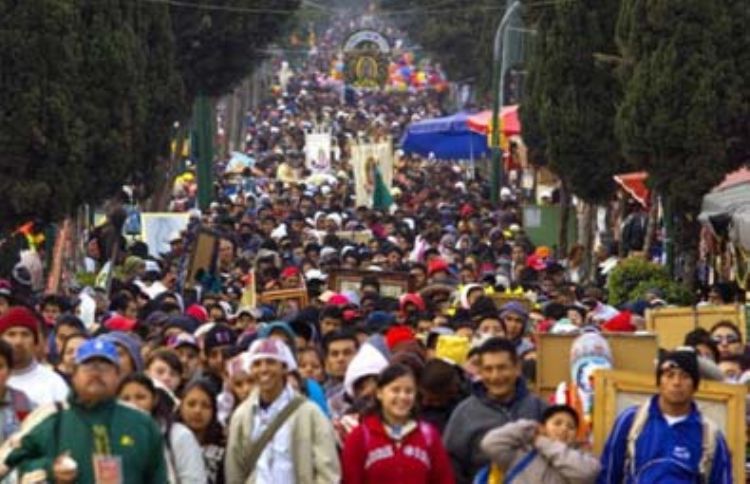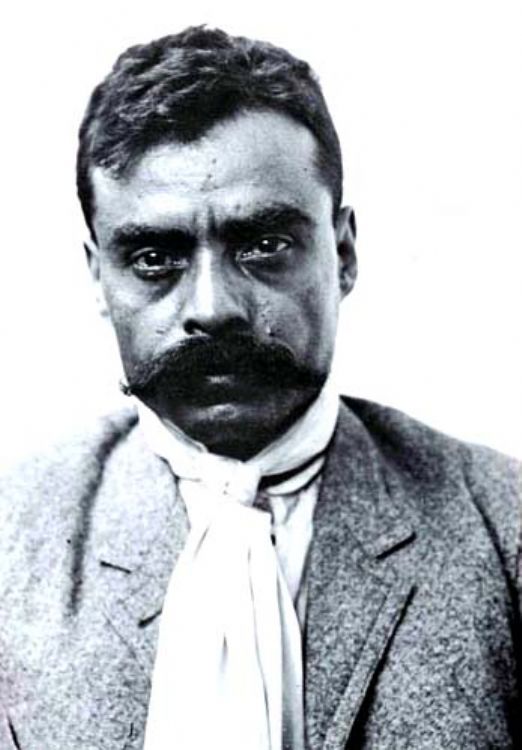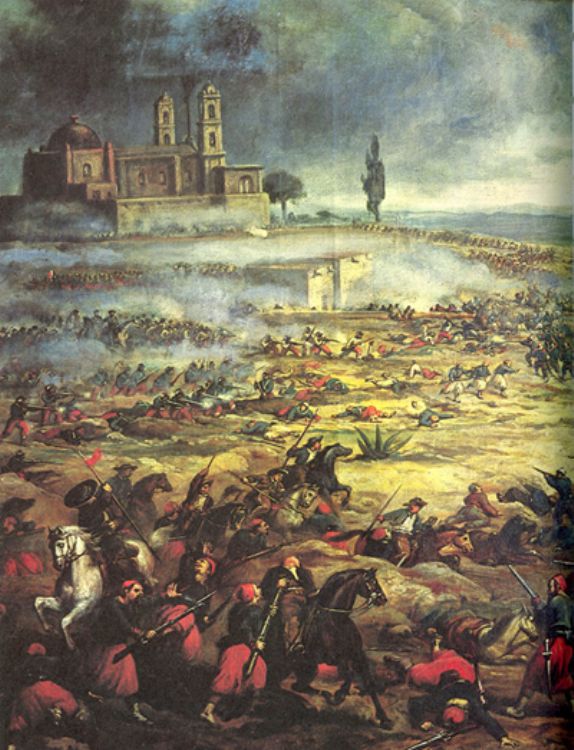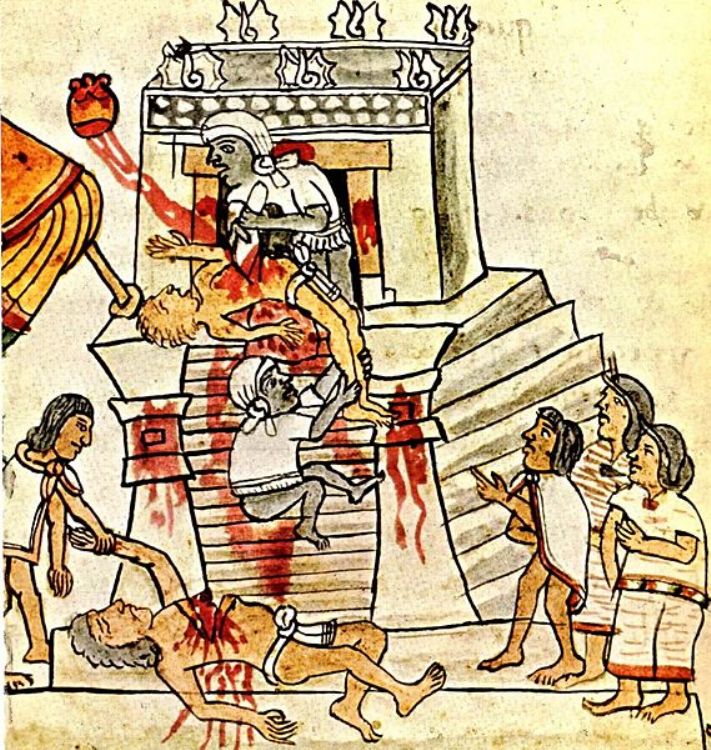Pilgrimages in Mexico

Ever since the Middle Ages, pilgrimages were the way to receive pardon or pay a penance imposed after committing a terrible sin. Profound devotion prompted the faithful to undertake long pilgrimages to the most famous sanctuaries. There were small local and regional pilgrimages where the faithful traveled to churches or sites that had been visited by a saint. The greatest pilgrimage a Christian could do during the Middle Ages was to Jerusalem. This journey granted pilgrims forgiveness for all sins.
Since ancient times, humankind has found a form of expression in music and dancing, a manifestation of the religious and cultural emotions of the people. During the pre-Hispanic era, Indian groups danced for their gods to the sound of drums. Upon the arrival of the Spaniards, priests incorporated Catholicism into these celebrations.
The dancers of these religious expressions, with their distinctive costumes and rhythm, are known as Matachines. This dance style was practiced in Europe by Moors during their conquests. It seems this term originated from the Arab word âmuttawajjihenâ which means standing face to face and later, it became âmattaccinoâ in Italian.
During the weeks prior to December 12, day of the Virgin of Guadalupe, the streets of nearly all cities in Mexico are closed so caravans of the faithful can walk by. The fervor for the Virgin of Guadalupe results in a series of the most important religious festivities in Mexico and drives the tradition of Matachines dances to their highest expression in a mystical experience of deep faith.
The colorful costumes clearly project a fusion of pre-Columbian and Christian symbols. It combines a mask that hides the dancerâs identity with a crown of feathers, mirrors and ribbons. Rattles on hands and ankles create a primitive rhythm that is kept by all dancers for hours. This endless repetition puts them in a hypnotic state, lessening their fatigue.
During the Spanish Conquest, pre-Hispanic deities were substituted with a Christian one. Mexican sanctuaries that receive pilgrimages every year are located in places where a miracle happened which, coincidentally, is the same place where a pre-Hispanic god used to be worshiped. Examples of this are the sanctuaries to the Virgin of Guadalupe who appeared in 1573, Otatitlán in 1596, Cristo Moreno of Chalma who appeared in 1573 and San Juan de los Lagos in 1623.
Without a doubt, Mexicoâs most splendid pilgrimage is done in honor of the Virgin of Guadalupe. Every December 12, commemorating the day when the Virgin of Guadalupe appeared before Juan Diego, the Basilica of Guadalupe receives millions of pilgrims who travel for days from their place of origin throughout the country. It is an opportunity to show her their love and therefore, they donât hold back when investing their time, money and effort. All pilgrims prepare their clothes and carry banners, candles and offerings. Many pilgrimages also include a music band that leads the way and a parade floats carrying people who represent the moment when the Virgin appeared before Saint Juan Diego.
Artículo Producido por el Equipo Editorial Explorando México.
Copyright Explorando México, Todos los Derechos Reservados.






